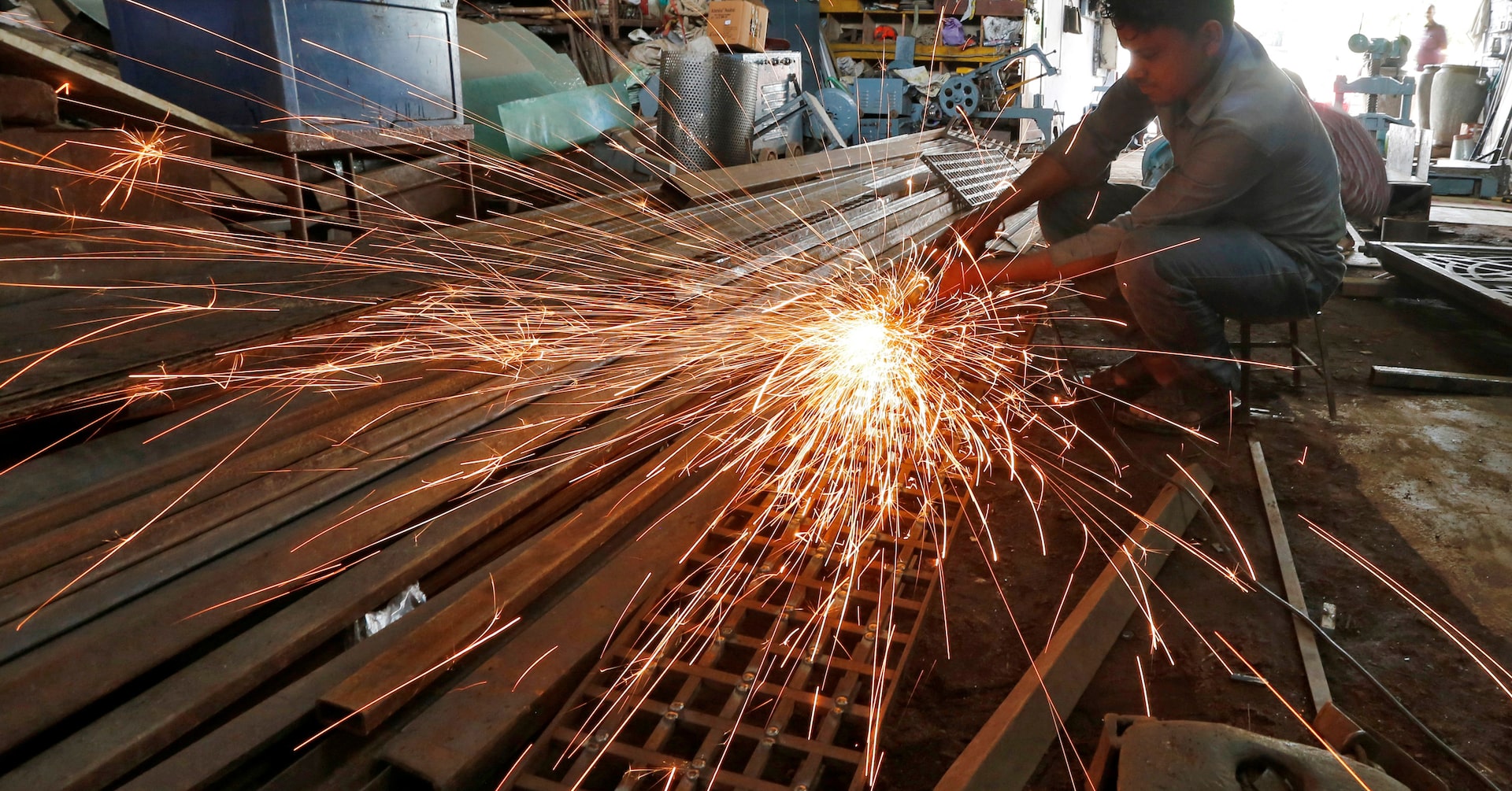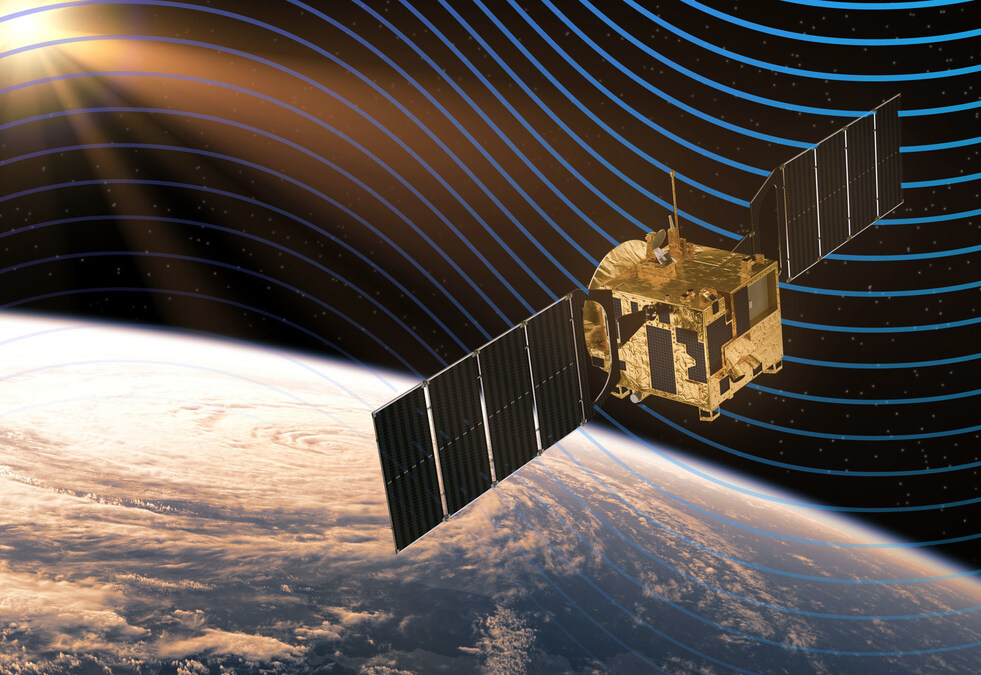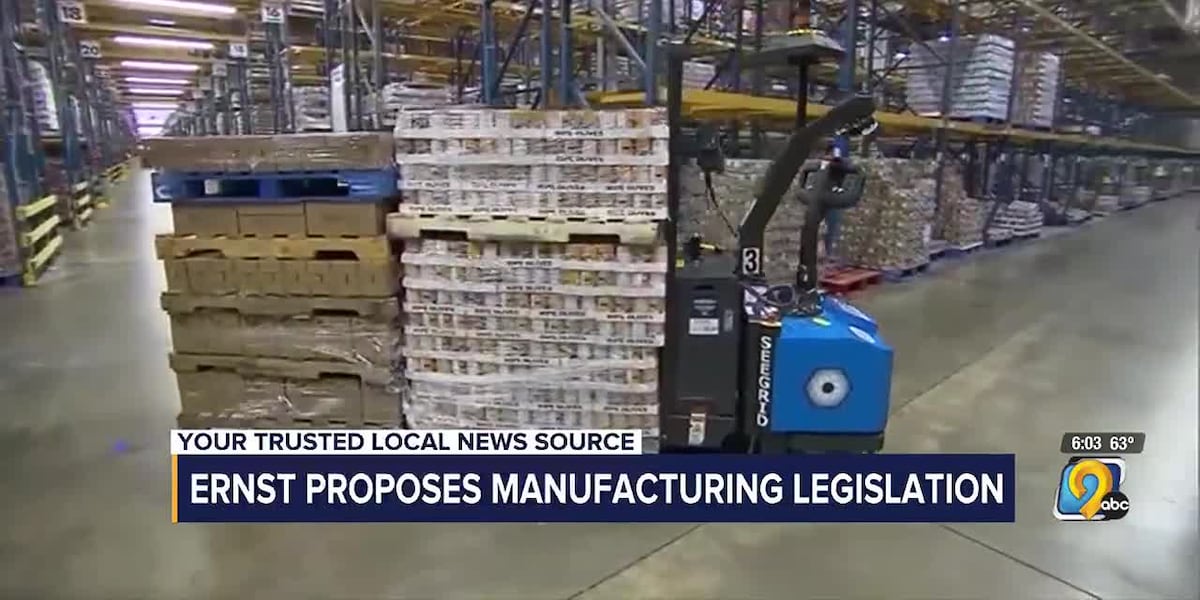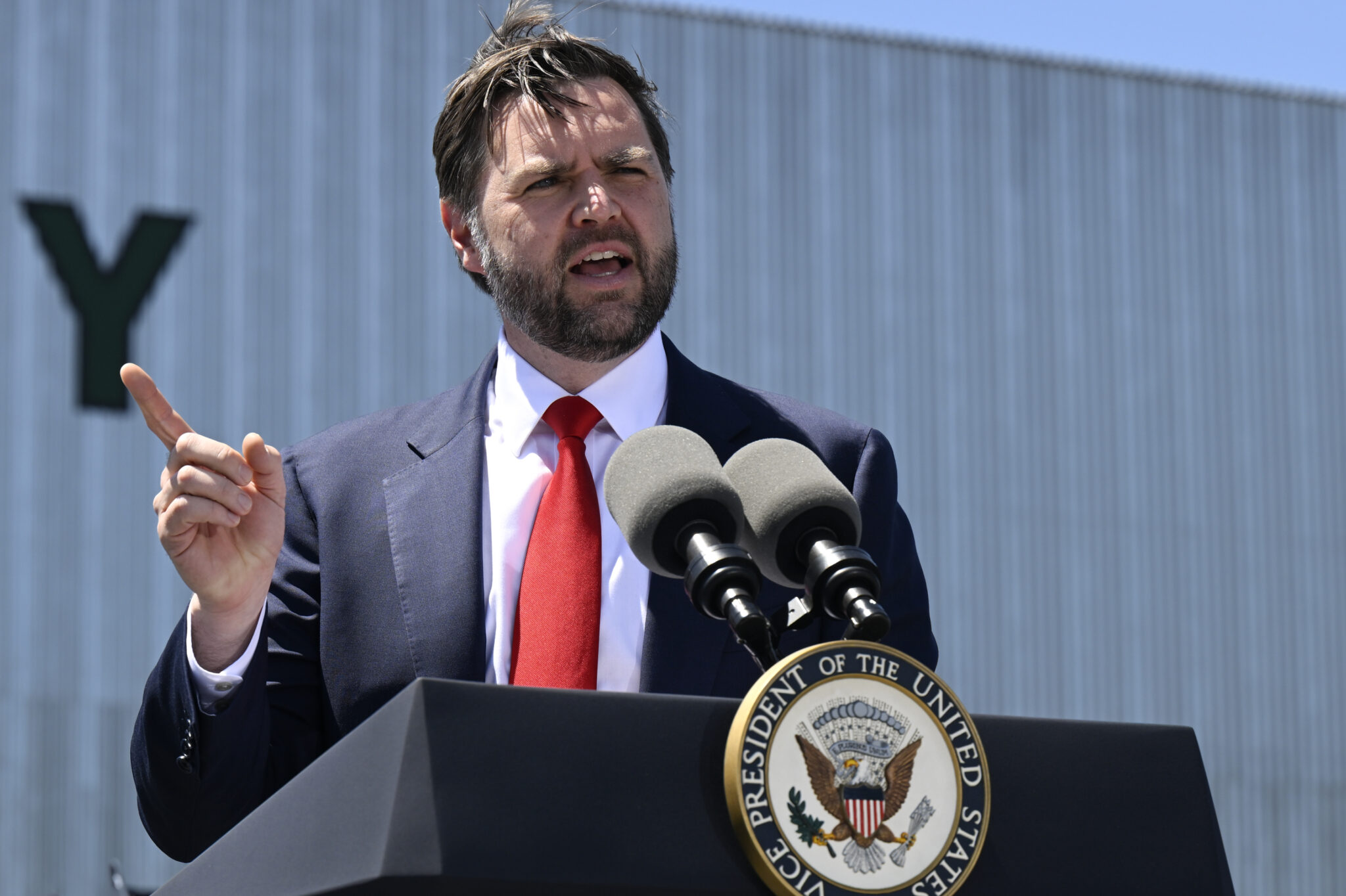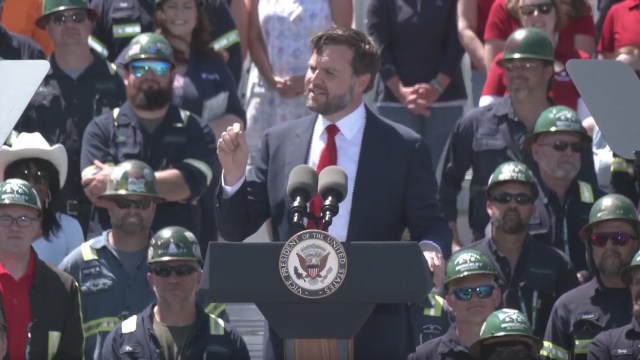
Revolutionary Tech Breakthrough: How Spectral Cytometry is Supercharging CAR T-Cell Therapy Manufacturing
Researchers at the Keck School of Medicine, University of Southern California, have made a groundbreaking advancement in CAR T-cell therapy. By developing an innovative spectral flow cytometry panel, they've created a powerful new method to analyze and profile CAR T cells with unprecedented precision. This cutting-edge technique promises to revolutionize the manufacturing process of CAR T-cell therapies, potentially leading to more targeted and effective treatments for patients battling complex diseases. The new approach allows scientists to gain deeper insights into the characteristics and performance of CAR T cells, enabling them to optimize cell selection, improve therapeutic efficacy, and potentially reduce variability in treatment outcomes. By providing a more comprehensive understanding of these engineered immune cells, the research team is paving the way for more personalized and powerful immunotherapies.

